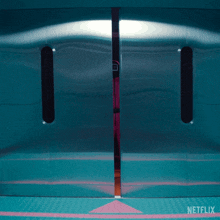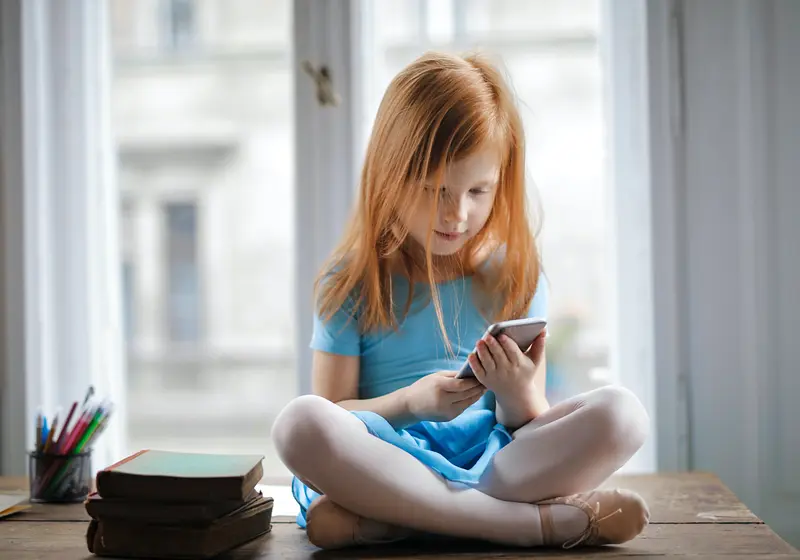With the rise of social media, especially video platforms like TikTok and YouTube, there's no question about the rise of influencers. Some of the most popular ones started as teenagers, like Charli D'Amelio at 15. The rise of social media influencers has lent a hand in the increase in family vlogging and child influencers. Julia Wong from The Guardian helps us understand this concept better as she writes: “Children are among the biggest stars of YouTube and Instagram, earning millions through influencer deals.”
Gen-Z's are among the first people to have their entire childhoods documented with some even shared and monetized online. So, there's no question that this same generation is pushing and advocating for online safety and seeking more labor protection laws for those under 18. While many have watched or still watch family vloggers, the question arises, what makes it so dangerous and why are people, especially Redditors, now working overtime to spread the word on these dangers?
Let us slide into your dms 🥰
Get notified of top trending articles like this one every week! (we won't spam you)The Beginning

Image Credit: MART PRODUCTION from Pexels
The Cowl notes that the “concept of family vlogging originated from the [channel] called Shaytards in 2008.” Since their start, many have followed suit, creating content that provides viewers insight into seemingly perfect families. Perhaps this illusion made the content worth watching as vloggers pushed ideas of luxury, happiness, and fun within their families. However, the unfortunate reality, perhaps even without the parents' knowledge, is how their children are being exploited.
From birth videos to sick-in-bed videos, these vlogs documented the intimate aspects of a child's life and were posted for hundreds of thousands of people to see online. Typically, these children are so young and have no real concept of what it means to be posted online for millions of people to view.
For some, this includes their parents creating an Instagram account for the child. For one child in particular, this was the case. Her family, which went viral because of her twin sisters, created an Instagram page before her birth, raking in over 250k followers after one ultrasound image was posted. For others, this means playing a part in their parents' videos. While the content is meant to portray reality, the kids are forced to act sicker for the cameras because parents hope to gain sympathy views. (More views = more money, right?)

Take the Quiz: Discover Your Ideal Stress-Relieving Hobby
Everyone deals with stress differently, and finding the right hobby can help you relax and unwind. Take this quiz to find out which stress-relievin...
The Coogan Law
With influencing, also comes the issue of money. There's no question that the money being earned is put into the parents' account. However, similarly, the question also arises, do the kids earn the money at all? As they are the ones featured in the content, and presuming they are the ones bringing in the views, the kids are working a full-time job, helping pay the bills, and earning money for the family. Wong continued to write in her article that: “If you [were] going to broadcast the images of minor children and pay them, the provisions of California law must apply.”

Image Credit: cottonbro studio from Pexels
Created in 1939, the Coogan Law was created to protect child actors who were exploited and not given the money that they had earned on set. The law ensured that 15% of all minors' earnings were set aside for the child to access once they turned 18. In 1999, California legislators added the law, stating that the remaining 85% had to be used to care for the child. Essentially, the money is the property of the child, and in no way, shape, or form, were the parents allowed to use it to benefit themselves.
However, child influencers are not child actors. Child actors portray a character and child influencers do not. Their home is their stage and their vlogs are real moments in their lives showcasing details from their grades to illnesses, even to first periods.
Speaking Out
With some of the first child influencers or faces of family vlogging having grown up, there has been an influx of new voices speaking out about their experience. Now 24, Cam Barrett grew up having her life documented through Facebook, The Washington Post writes. She shares her experience behind the camera, noting that details like her first period and a car accident were displayed online after a camera was “shoved in her face”.
She lists other things like having to look sicker for the camera or having to retake photos because she didn't look happy enough. She states, “I was hit by a drunk driver, and [my mom] right off the bat put a phone in my face to take pictures to put online.” These events led to Barrett becoming an advocate for child privacy, speaking out about her own experience and testifying in front of the Washington legislature to solve these issues.
Others, like the parents, who are behind the camera, have also spoken out about their own experiences and choice of keeping their child offline. Kodye Elyse, who started posting content of herself during the pandemic, spoke out about her first viral video. The video, which starred her then-5-year-old daughter, gained over 6 million views, and the comments “'horrified' her.” Since then, Elyse has taken down videos of her children from the internet, deciding to keep these kinds of things to herself. In her words, she “knew [her daughter] didn't have a say that her face was being shown to that many people.”
How Teens Have Helped

Image Credit: Nilov from Pexels
This ongoing trend of child influencers and family vlogging has gained the attention of many worldwide. The two most well-known advocators? Two teenagers in the United States, who are looking to establish laws to prevent minors from being featured online too early.
Shreya Nallamothu, from Illinois, first brought these videos to the senator's attention at 15. According to CNN, she wrote a letter to her state senator, Dave Koehler, and “[urged] him to consider legislation to protect young influencers.” Illinois later became the first state to pass a law that protected kids from online videos and guaranteed their compensation. Starting July 1, 2024, parents in Illinois are “required to put aside 50% of earnings, […] based on the percentage of time they're featured in the video.” The longer the child is in the video, the more they get paid. If not, the child, once past the age of 18, will be able to take legal action against their parents.
Similarly, Chris McCarty, an 18-year-old from Washington, noted the family vlogging industry and the impact it had. The Washington Post wrote about their experience working to make change. McCarty sent dozens of emails out before beginning to work with Washington lawmakers and having the bill later introduced. The bill stated that minors would be “financially [compensated if their] images are monetized on social media by their parents and [they had] the options to have any content featuring them deleted once they turn 18.” While the bill failed, the work of McCarty has opened up a world of conversation about the issue at hand.
Nallamothu and McCarty's impact, at only 15 and 18, respectively, show the influence that teenagers have on society. Their work demonstrates how even teenagers can make change. Perhaps, even, their voices hold a larger impact as they discuss issues reflected within their own community and age groups.
As technology and social media continue to grow and adapt to current trends, so too will the people. However, through the impact of society and the rising voices of concern over these issues, many hope that the rising trend of family vlogging and child influencers will decrease over time. While entertaining, family vlogging presents a variety of issues. However, through the examples of Nallamothu and McCarty, we could better understand, perhaps, how even teenagers can make a change in society.














